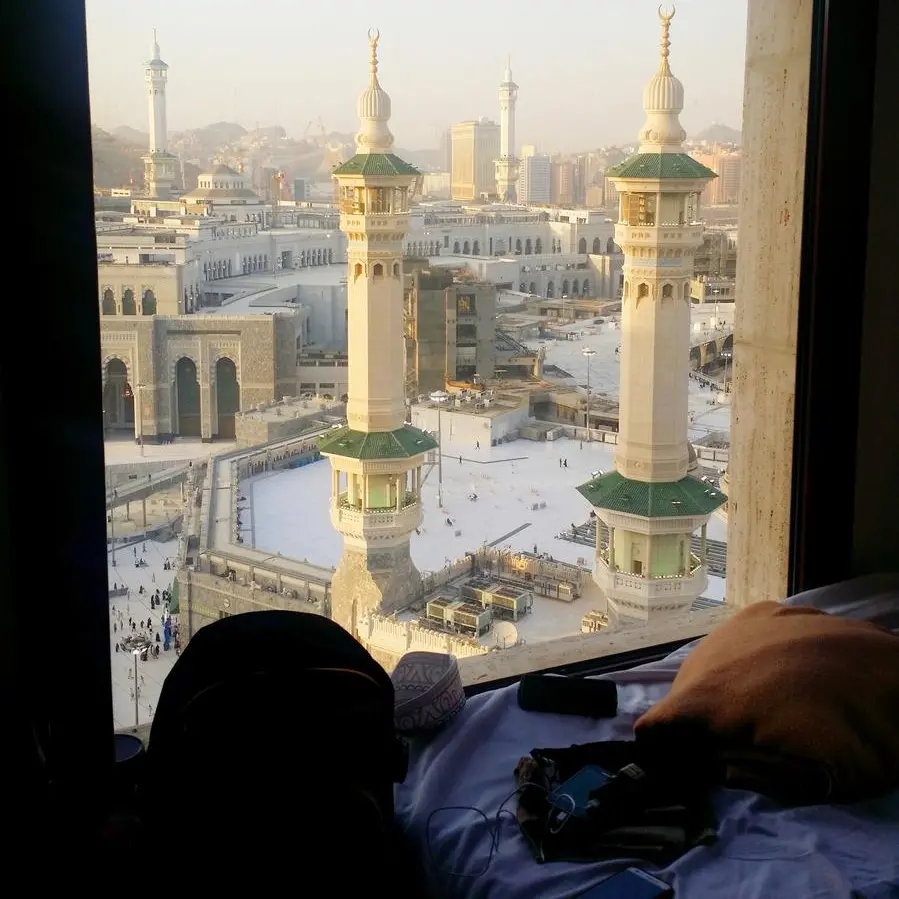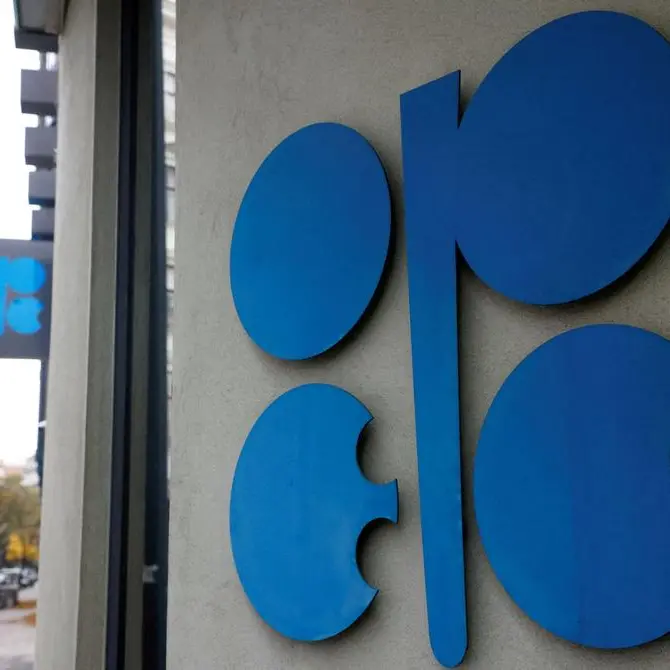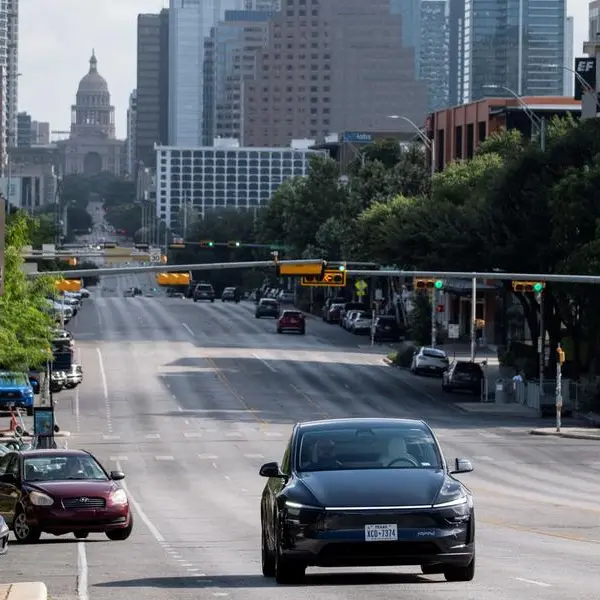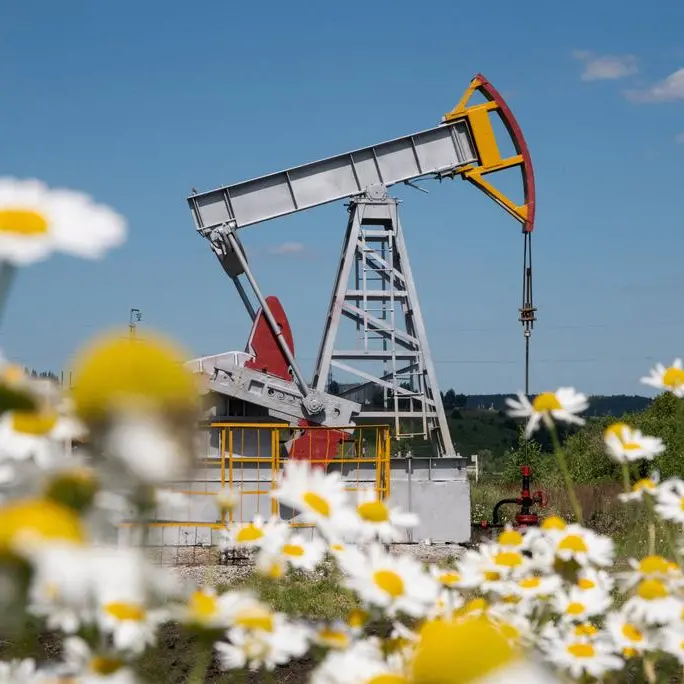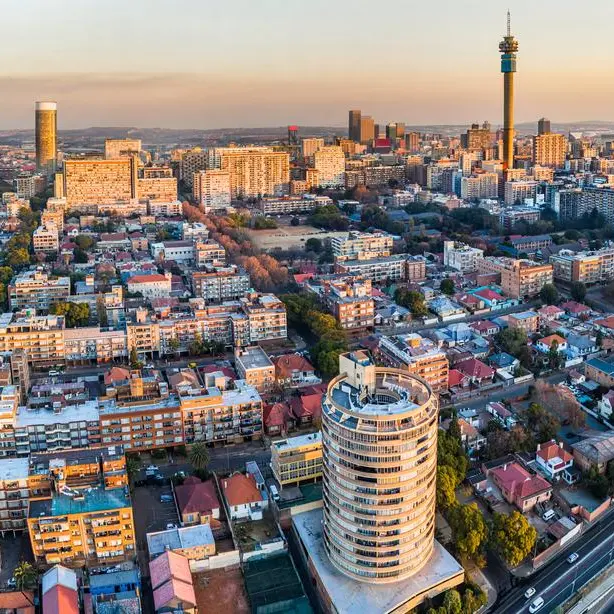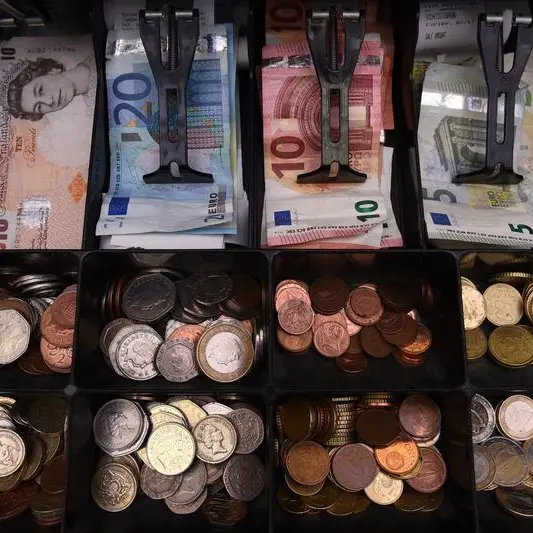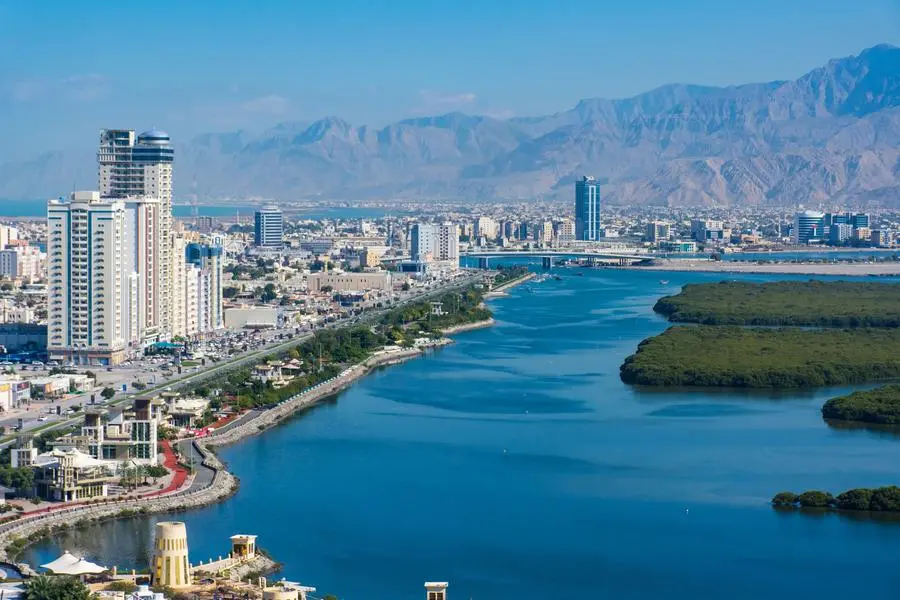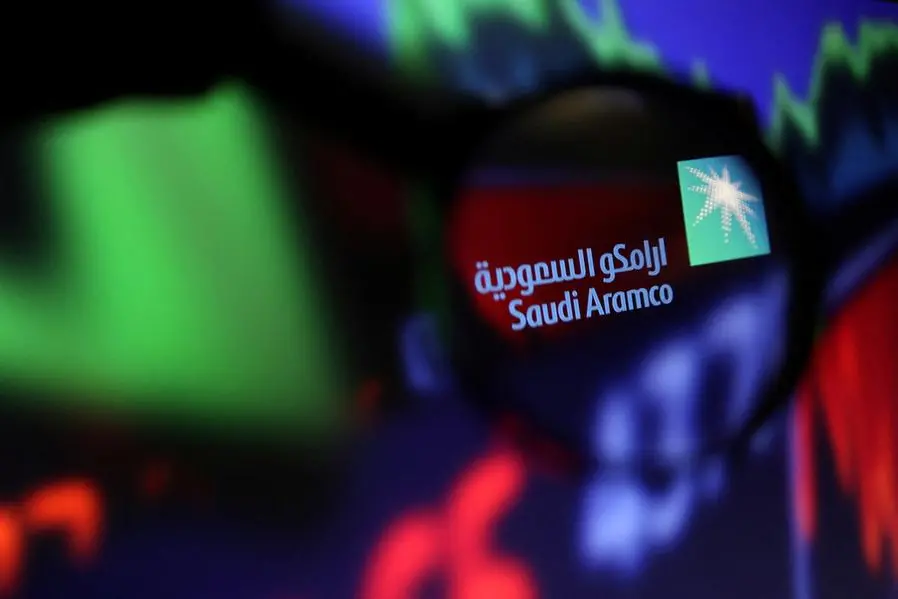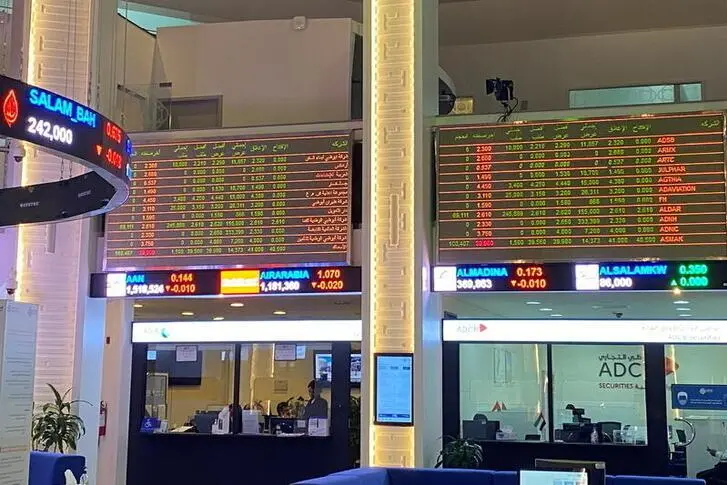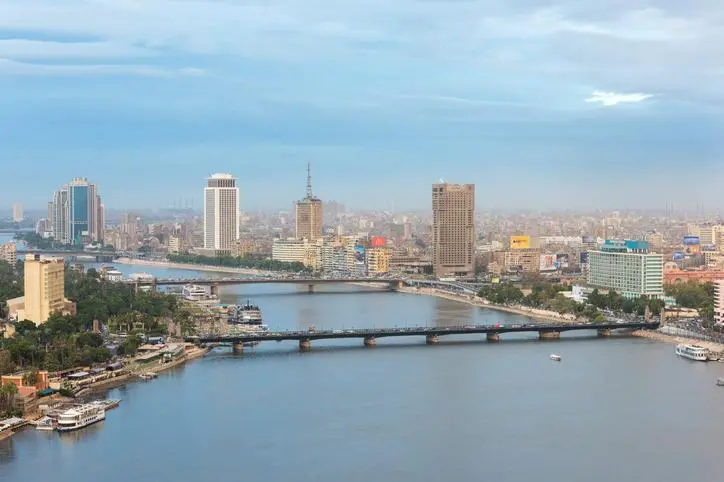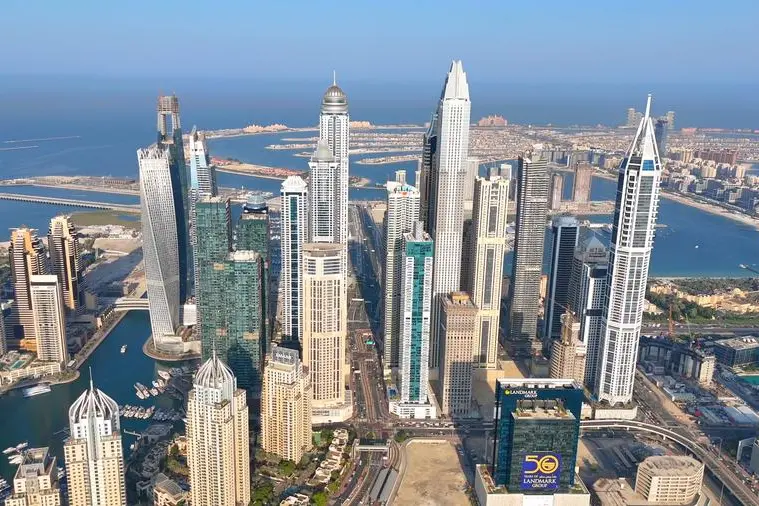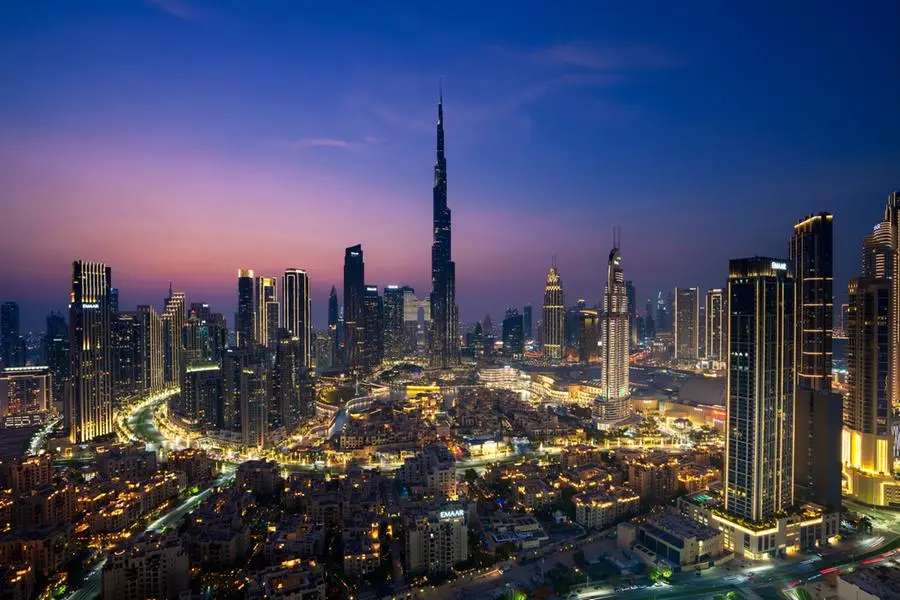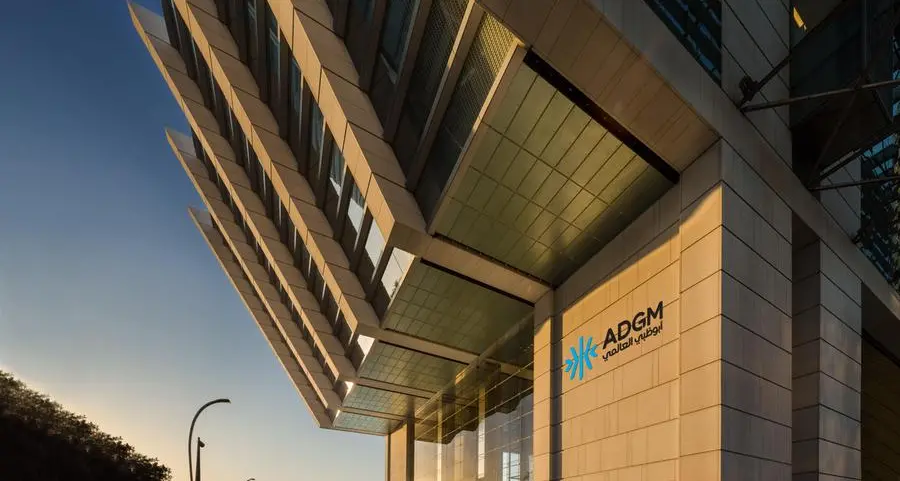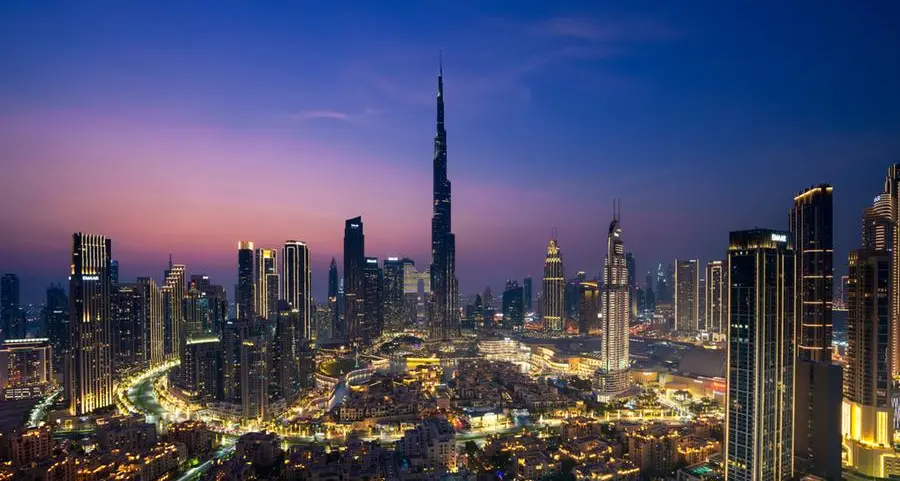27 August 2014
MUSCAT -- With numerous bridge structures (viaducts) and several kilometres of tunnelling systems envisaged along the rugged alignment from Sohar to Buraimi, Segment 1 of the Oman National Railway Project promises to be an engineering marvel of sorts when it comes into operation around the year 2018.
International consortiums and joint venture partnerships prequalified to participate in the Design & Build package of the 207-km stretch are weighing up the challenges of executing one of the most expensive civil infrastructure projects in Oman's modern history.
Eighteen prequalified groups are preparing to bid for the massive Design & Build tender before the December 21, 2014 deadline set by state-owned Oman Rail Company, the Sultanate's national rail organisation, to submit firm proposals for this package.
Given the mountainous terrain through which the alignment passes, crisscrossed by valleys and wadis, scores of viaducts (bridge structures composed of several small spans for crossing a valley or gorge) will be constructed en route. More than 70 viaducts totalling a staggering length of around 27.5 kilometres will be built across wadis and low ground all along the route. The single largest viaduct is a mammoth 2.4-km structure that will span a major wadi intersecting the alignment on this segment.
Also adding to the multi-billion dollar construction costs associated with Segment 1 will be tunnels that will have to be bored through mountains traversing the alignment. As many as 10 tunnels of a total length of 4.7 kilometres will be built at key points along the route. They include a pair of tunnels each of around 1.57 kilometres, a monumental length by Oman standards.
Given that rail tunnels are a novel addition to the Sultanate's civil infrastructure, Oman Rail is making sure they are built to world-class standards. Accordingly, tunnel designs must be developed taking into account prevention and mitigation of risks related to technical specifications set out under Interoperability Guidelines for Safety in Railway Tunnels.
Conceived as single bore double track structures, the tunnels will be excavated by conventional methods using blasting or mechanical devices with or without consolidation of the excavation face. Furthermore, the tunnels will have primary and secondary concrete linings with a view to ensuring their integrity and robustness.
Significantly, the viaducts and tunnels -- while accounting for a significant chunk of the total construction cost -- nevertheless constitute only a small number of the multitude of civil structures that the successful Main Contractor will be required to implement as part of the Design & Build package.
The scope of works also includes the design and construction of bridges, roads, embankments, retaining walls, underpasses, traffic controls, major and minor traffic and pedestrian signage, sidewalks, street lighting, street surface and buried drainage, kerbs and storm water gullies, manholes, chambers, street landscaping, barriers, fencing, gates, speed attenuation structures, and so on.
Additionally, the project scope calls for the design and construction of railway crossings in the form of overpasses OBR (road-over-rail), underpasses bridges UBR (rail-over-road), small underpasses SUP (road/track-under-rail) and camel crossings over passes (COB).
The 2,135-km Oman National Railway Project will be implemented in nine separate segments covering the length of the Sultanate. Conceived as a double track network, the diesel-powered freight and passenger line is proposed to link populated areas, ports, industrial zones, mining clusters, and other economic centres -- current and future -- of the Sultanate.
MUSCAT -- With numerous bridge structures (viaducts) and several kilometres of tunnelling systems envisaged along the rugged alignment from Sohar to Buraimi, Segment 1 of the Oman National Railway Project promises to be an engineering marvel of sorts when it comes into operation around the year 2018.
International consortiums and joint venture partnerships prequalified to participate in the Design & Build package of the 207-km stretch are weighing up the challenges of executing one of the most expensive civil infrastructure projects in Oman's modern history.
Eighteen prequalified groups are preparing to bid for the massive Design & Build tender before the December 21, 2014 deadline set by state-owned Oman Rail Company, the Sultanate's national rail organisation, to submit firm proposals for this package.
Given the mountainous terrain through which the alignment passes, crisscrossed by valleys and wadis, scores of viaducts (bridge structures composed of several small spans for crossing a valley or gorge) will be constructed en route. More than 70 viaducts totalling a staggering length of around 27.5 kilometres will be built across wadis and low ground all along the route. The single largest viaduct is a mammoth 2.4-km structure that will span a major wadi intersecting the alignment on this segment.
Also adding to the multi-billion dollar construction costs associated with Segment 1 will be tunnels that will have to be bored through mountains traversing the alignment. As many as 10 tunnels of a total length of 4.7 kilometres will be built at key points along the route. They include a pair of tunnels each of around 1.57 kilometres, a monumental length by Oman standards.
Given that rail tunnels are a novel addition to the Sultanate's civil infrastructure, Oman Rail is making sure they are built to world-class standards. Accordingly, tunnel designs must be developed taking into account prevention and mitigation of risks related to technical specifications set out under Interoperability Guidelines for Safety in Railway Tunnels.
Conceived as single bore double track structures, the tunnels will be excavated by conventional methods using blasting or mechanical devices with or without consolidation of the excavation face. Furthermore, the tunnels will have primary and secondary concrete linings with a view to ensuring their integrity and robustness.
Significantly, the viaducts and tunnels -- while accounting for a significant chunk of the total construction cost -- nevertheless constitute only a small number of the multitude of civil structures that the successful Main Contractor will be required to implement as part of the Design & Build package.
The scope of works also includes the design and construction of bridges, roads, embankments, retaining walls, underpasses, traffic controls, major and minor traffic and pedestrian signage, sidewalks, street lighting, street surface and buried drainage, kerbs and storm water gullies, manholes, chambers, street landscaping, barriers, fencing, gates, speed attenuation structures, and so on.
Additionally, the project scope calls for the design and construction of railway crossings in the form of overpasses OBR (road-over-rail), underpasses bridges UBR (rail-over-road), small underpasses SUP (road/track-under-rail) and camel crossings over passes (COB).
The 2,135-km Oman National Railway Project will be implemented in nine separate segments covering the length of the Sultanate. Conceived as a double track network, the diesel-powered freight and passenger line is proposed to link populated areas, ports, industrial zones, mining clusters, and other economic centres -- current and future -- of the Sultanate.
© Oman Daily Observer 2014

